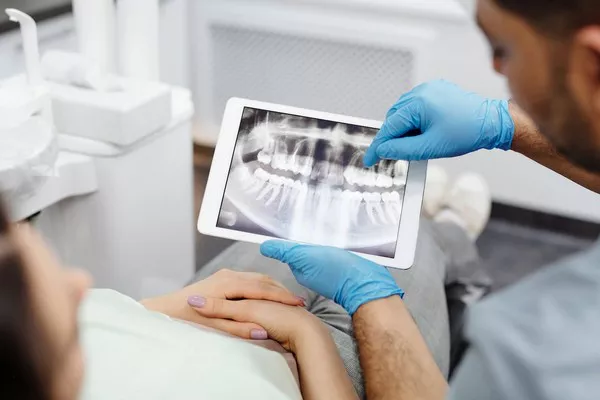Dental health is a vital aspect of overall well-being, and addressing dental issues promptly is crucial to maintaining an optimal oral hygiene routine. One common dental procedure is molar fillings, which are performed to restore teeth affected by decay or damage. However, many patients often wonder about the cost involved in getting a molar filling. This comprehensive guide aims to shed light on the factors that influence the cost of molar fillings and help patients make informed decisions.
The Nature of Molar Fillings
Molar fillings, also known as amalgam or composite fillings, involve restoring decayed or damaged teeth. These fillings can be made from various materials, such as silver amalgam, tooth-colored composite resin, porcelain, or gold. Each material has its advantages and cost implications.
Factors Influencing the Cost of Molar Fillings
Several factors contribute to the cost of molar fillings:
a) Material Choice:
The type of filling material chosen can significantly impact the cost. Amalgam fillings tend to be less expensive compared to composite or porcelain options.
b) Complexity of the Procedure:
The extent of decay or damage to the tooth affects the complexity of the filling procedure. Extensive decay may require additional treatments like root canal therapy, which can increase costs.
c) Geographic Location:
The cost of dental treatments varies based on geographic location. Urban areas and regions with high living costs tend to have higher dental fees compared to rural areas.
d) Dental Insurance Coverage:
Dental insurance plans may partially or fully cover the cost of molar fillings, depending on the policy. It is essential to discuss coverage details with your insurance provider.
e) Dentist’s Experience and Reputation:
The expertise and reputation of the dentist also play a role in determining the cost. Highly experienced dentists may charge higher fees due to their skill and expertise.
Average Cost of Molar Fillings
The average cost of molar fillings varies depending on the factors mentioned above. On average, amalgam fillings can range from $75 to $200 per filling, while composite fillings typically fall in the range of $150 to $400 per filling. Porcelain or gold fillings, which are less common, can cost significantly more.
Additional Costs and Considerations
Apart from the direct expense of the molar filling procedure, there are other potential costs to consider:
a) Diagnostic Procedures:
Before performing a filling, dentists often conduct X-rays or other diagnostic tests to evaluate the extent of damage or decay. These additional tests can incur separate charges.
b) Preparatory Treatments:
In some cases, preparatory treatments like dental cleanings or gum disease treatment may be required prior to the filling procedure. These can add to the overall cost.
c) Follow-up Visits:
Depending on the complexity of the filling and the dentist’s recommendation, follow-up visits may be necessary. Each visit may incur additional costs.
d) Sedation Techniques:
For patients who experience dental anxiety, sedation techniques such as nitrous oxide or oral sedatives may be offered. These can increase the overall cost.
Affordable Alternatives and Financing Options
For individuals concerned about the cost of molar fillings, there are several options available:
a) Dental Schools:
Dental schools often offer reduced-cost or discounted services performed by dental students under the supervision of licensed professionals.
b) Dental Discount Plans:
Some organizations provide dental discount plans that offer reduced rates for various dental procedures, including molar fillings.
c) Flexible Spending Accounts (FSAs) or Health Savings Accounts (HSAs):
These accounts allow individuals to save pre-tax dollars for eligible medical expenses, including dental treatments.
d) Payment Plans and Financing:
Many dental offices provide payment plans or financing options to help patients manage the cost of molar fillings. These may include installment plans or third-party financing services.
Conclusion (200 words):
The cost of molar fillings can vary depending on various factors such as material choice, complexity of the procedure, geographic location, and dental insurance coverage. By understanding these factors and exploring affordable alternatives and financing options, patients can make informed decisions about their oral health care without compromising quality or breaking the bank. Remember, it is crucial to consult with a trusted dentist who can provide an accurate estimate and discuss the best treatment options for your specific needs. Prioritizing dental health and addressing dental issues promptly can lead to long-term savings and better overall well-being.
Related Topics:





























